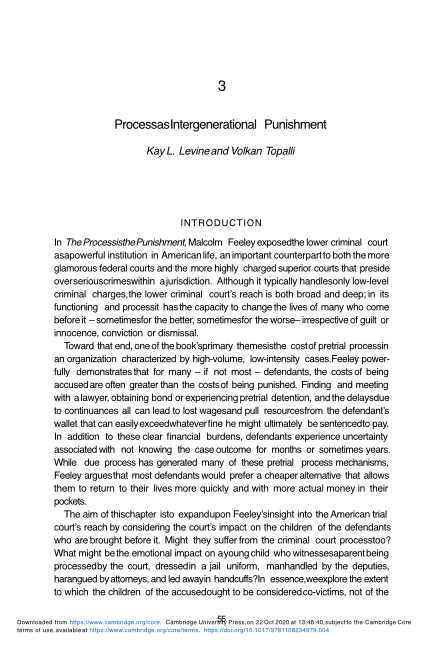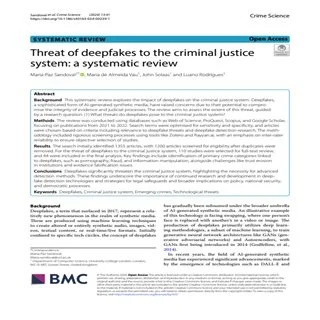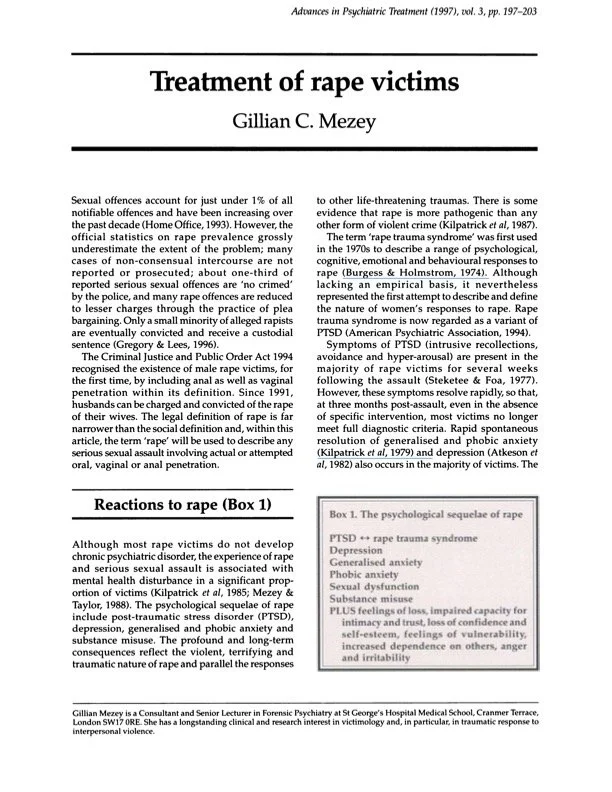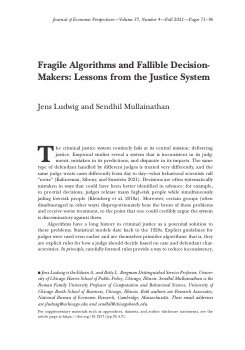By Sam Worrall
Gypsy, Roma and Traveller communities face additional barriers throughout the criminal justice system (CJS); inequalities in mental health and diagnosed conditions, lack of appropriate educational opportunities and no knowledge of systems, among other factors. This report is designed to offer insight into the experiences of Gypsy, Roma and Traveller communities relating to all stages of the criminal justice system, to help improve knowledge and understanding of how to approach policy and practice for people from these communities. The report draws on primary data collection from surveys, focus groups, and individual interviews. The insight and voices of members of Gypsy, Roma and Traveller communities provide the key evidence for policy makers, service providers and commissioners working across the criminal justice system, to ensure that the guidance authentically reflects experiences and needs. We found: • Alternatives to custody were not considered for the majority of cases related to Gypsy, Roma and Traveller individuals. • Lack of support throughout the custodial journey for Gypsy, Roma and Traveller people and their families. • Lack of accessible and culturally appropriate support provided for mental health needs. • Prison and probation/parole staff did not have the cultural competency required to work with Gypsy, Roma and Traveller individuals. • Lack of resources and staff capacity for delivering equalities requirements for Gypsy, Roma and Traveller prisoners. • Prisoners did not have easy access to culturally appropriate education and/or practical courses and workshops to support them in prison. • Lack of consistency across the prison estate for regular Gypsy, Roma and Traveller forums or meet ups. • Lack of awareness and information about Gypsy, Roma and Traveller communities and significant calendar events around prisons. • Lack of consistency across the prison estate, in managing Gypsy, Roma and Traveller prisoner needs. The Ministry of Justice must prioritise its Gypsy, Roma, Traveller Strategy to ensure a level playing field across prisons.
Recommendations • Offer effective alternatives to remand for Gypsy, Roma and Traveller offenders. Instead of holding an individual on remand, the prison system should offer programmes to support diversion, improve mental health, and offer meaningful community service. • Provide effective signposting for individuals at every stage of the criminal justice pathway. From the point of being accused of a crime, through custodial sentence and including post-custody (after prison). Ensure individuals are put in contact with Gypsy, Roma and Traveller-friendly legal support and other organisations who offer support throughout the CJS. Ensure police stations and courts are signposting to trusted organisations. • Offer programmes of support to Gypsy, Roma and Traveller prisoners to support future diversion, and improve mental health. • Ensure individuals receive mental health support at all stages. Develop a consistent model across the criminal justice system, especially in the prison estate, such as pastoral support, and/or a programme of community mentor listeners. Remove barriers that prevent individuals from accessing this support by, for example, allowing pastoral care to be available to those on basic mental health support. • Co-produce accessible resources such as videos for young Gypsy, Roma and Traveller people and their families. • Develop cultural competency training for staff including probation/parole staff across CJS. Explore co-produced options such as Q&A sessions with community members and display boards raising awareness. • Provide specific resources for Gypsy, Roma and Traveller communities to be available in forums and libraries. • Ensure funding is targeted to increase Equalities teams and ensure those in post are committed to equality across all communities. • Provide culturally appropriate education and additional practical courses for Gypsy, Roma and Traveller prisoners. Offer educational workshops and programmes such as those run by the Shannon Trust, ensuring extra support is in place to encourage young people to enrol. • Hold regular Gypsy, Roma and Traveller forums in prison. Celebrate key community events, create safe spaces, and encourage prisoner interaction and other activities. Raise awareness of the communities to non-community prisoners and prison staff. Co-produce the events programme with community prisoners. • Include regular evaluation and monitoring of all of the above as part of the delivery of the Gypsy, Roma and Traveller strategy for the criminal justice system
Brighton, East Sussex, UK: Friends, Families and Travellers (FFT), 2025. 57p.




















